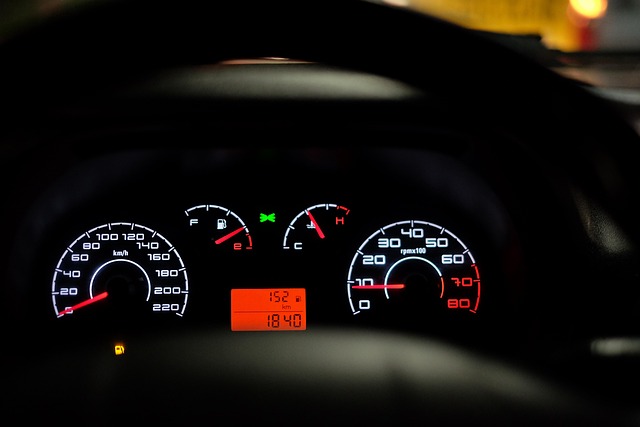Is Car Wrap Removable? Everything You Need to Know Before You Wrap Your Vehicle
When considering a car wrap for your vehicle, one of the most common questions arises: Is car wrap removable? The answer is yes, but there are important factors to keep in mind to ensure a smooth removal process without damaging your car’s paint. In this post, we will explore the ease and procedure of removing car wraps, what to expect during the process, and tips for preserving your vehicle’s original finish.
Understanding Car Wraps
Car wraps are vinyl coverings that can change the color or design of your vehicle. They are popular for advertising, personal expression, and protective purposes. While they can last several years, there will come a time when you may want to remove or replace the wrap. Knowing how to do it properly is essential for maintaining your vehicle’s appearance.
How Easy Is It to Remove a Car Wrap?
Removing a car wrap can be relatively easy if done correctly. Many wraps are designed for easy removal, but the ease of removal can depend on several factors:
- Quality of the Wrap: Higher-quality wraps are typically easier to remove without leaving residue.
- Length of Time on the Vehicle: The longer the wrap has been on the car, the more difficult it may be to remove.
- Environmental Factors: Exposure to sun, rain, and extreme temperatures can affect the adhesion of the wrap.
Step-by-Step Process for Removing a Car Wrap
Here’s a straightforward process for removing a car wrap:
- Gather Supplies: You will need a heat gun or hairdryer, a plastic scraper or squeegee, adhesive remover, and microfiber cloths.
- Heat the Wrap: Gently heat one corner of the wrap using the heat gun or hairdryer. This will soften the adhesive and make it easier to peel away.
- Peel the Wrap: Slowly peel the wrap away from the vehicle, working in small sections. Be cautious and pull at a 45-degree angle to prevent tearing.
- Remove Residue: Once the wrap is off, there may be adhesive residue left on the paint. Apply adhesive remover to a microfiber cloth and gently rub the area until clean.
- Wash and Polish: After removing the wrap and adhesive, wash the vehicle thoroughly and consider applying polish to restore shine.
What to Expect During Removal
When removing a car wrap, you may encounter the following:
- Potential for Damage: If the wrap has been on for a long time, there is a risk of damaging the paint underneath. This is more common with lower-quality wraps or improper installation.
- Time-Consuming Process: Depending on the size of the vehicle and the wrap itself, removal can take several hours.
- Need for Professional Help: If you’re unsure about the removal process or if the wrap is particularly difficult to remove, consider hiring a professional.
Tips for Preserving Your Vehicle’s Paint
To ensure your vehicle’s original paint is preserved during and after the removal of a car wrap, follow these tips:
- Choose Quality Wraps: Invest in high-quality wraps known for being easy to remove and less damaging.
- Avoid Harsh Chemicals: Use a gentle adhesive remover and avoid abrasive materials that could scratch the paint.
- Be Gentle: Take your time during removal to avoid pulling too hard, which can harm the paint beneath the wrap.
- Inspect Paint Before and After: Document the condition of your vehicle’s paint before applying the wrap and after removal to ensure no damage has occurred.
Conclusion
In summary, the question Is car wrap removable? is answered with a resounding yes, but the process requires some care and attention. By understanding the removal process, knowing what to expect, and following the tips for preserving your vehicle’s paint, you can successfully remove your car wrap without damaging your vehicle. Whether you’re updating your style or changing your advertising, a little preparation goes a long way in ensuring a smooth transition.

